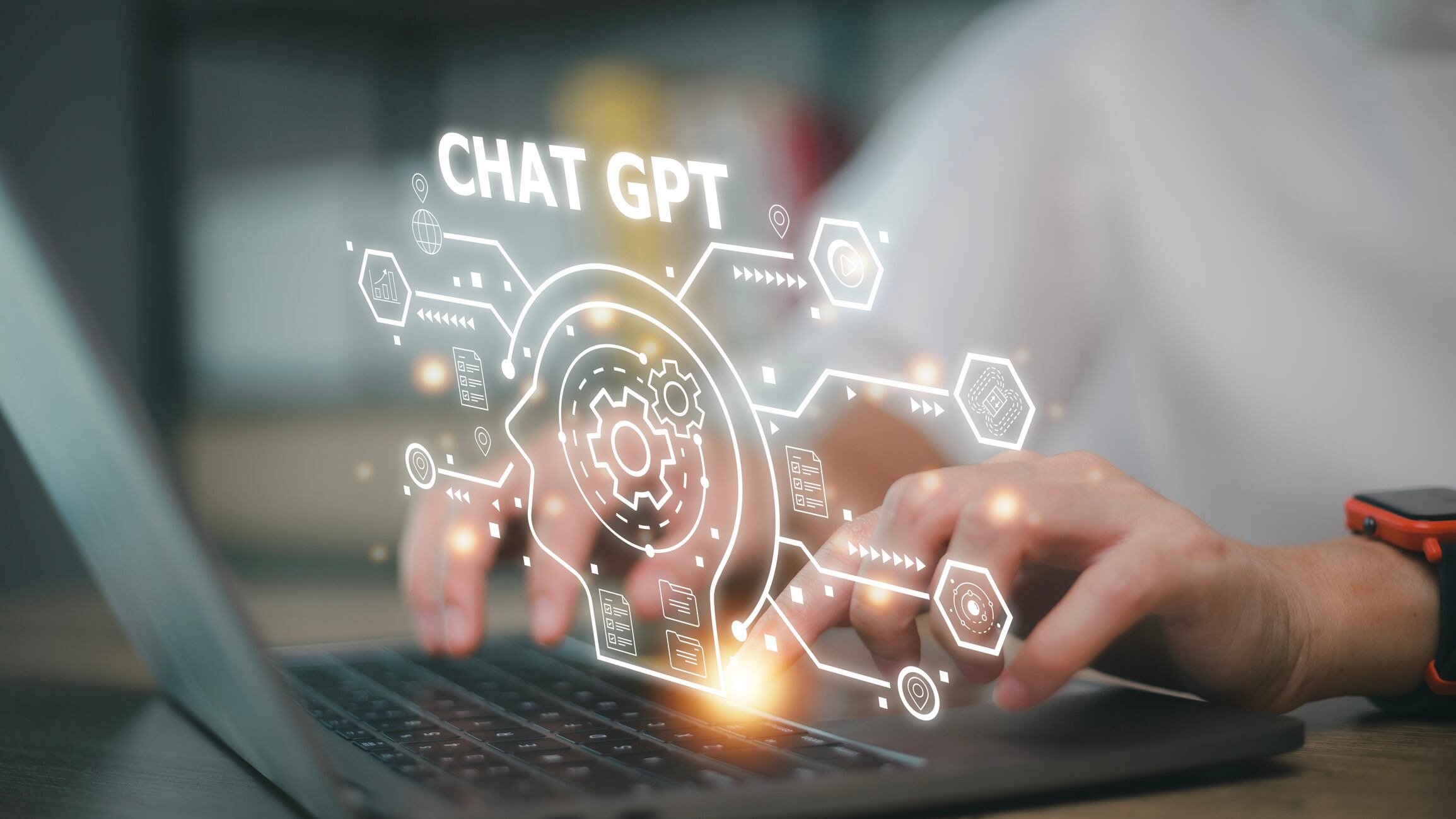Recent comments by former Google AI scientist, Geofrrey Hinton, pointed out in a New York Times story how the rapid advancement of AI will “transform society in ways we do not fully understand.” That said, concerns over the spread of misinformation and job displacement are valid and the food and beverage industry is still evolving into a new tech era.
While AI is still in its nascent stages of adoption, dipping its proverbial toes into a polarizing pool of admirers and critics, its impact on CPG brands has potential to identify market shifts and connect with consumers more quickly—but only from the information its fed.
‘Generative AI is your intern, not your boss’
Automation is often viewed today as a beneficial system, particularly in operations and logistics where the complexities of processes like compliance testing, certifications and general omnichannel sales services are completed in a few clicks or less. The industry has already standardized systems like electronic data integration (EDI), as explained by Dipti Desai, founder of Crstl in a previous FoodNavigator-USA story.
Generative AI has a similar promising potential to streamline marketing and communications as long as brands are monitoring its output.
“Generative AI is your intern, not your boss,” Markman explained.
He went on further to explain that AI will not produce detailed data insights surrounding audience development or purchase rates. Rather, it’s up to the user to implement nuanced information into a generative AI program that’s specific to the brand. In other words, brand managers still need to provide data to help AI create at the very least a general template that can be refined further.
When used as a tool to create marketing strategies and communications, generative AI can be a time saver. Markman explained, “It isn’t going to know your local market conditions. It might not know your customers as [well] as you do. So, the ability to get past that blank page problem to something that just requires a little bit of human oversight, tweaking things, whether that's to be more in your brand voice or insert more of that local knowledge, it's going to save you a lot of time…and just get you a better output so you spend the rest of your time doing other things that might be more [valuable] to your business.”
Implementing generative AI into a marketing strategy requires critical oversight
The risks in generative AI encompass two concepts: lack of data integration and what Markman describes as a “hallucination problem.”
If we look at chat GPT, for example, the system produces generalizations filtered from the Internet when prompted with a question. While it can certainly help in brainstorming marketing angles or topics, it does not have the knowledge or data that’s specific to a brand’s domain.
“It probably doesn’t know your customers and behaviors and interactions with your business at a deep level unless you provide them with that data. So overall, they might be doing things very good generally, but not specifically for your business needs,” he explained.
The hallucination problem, on the other hand, is where the AI produces misleading and incorrect information. As these programs are only producing information that exists on the Internet, “they are not databases or search engines,” and require supervision.
It’s important to note these inaccuracies are not “glaringly obvious” and “the human ability to detect its inaccuracies can be hard because it gets so close to what you want and missing a few things that can have pretty big ramifications,” Markman explained.
Referring to the intern analogy, implementing generative AI into a marketing strategy will require critical oversight from users.
Markman added that in order to harness the value of generative AI for for local to multinational brand marketing, “it’s going to be partnerships with technology providers” with integrated capabilities on existing tools (i.e. Point of Sale or Microsoft 365).
“It’s pretty much guaranteed that you are going to see the operation of these systems integrated natively in the tools you are using. And if your tools don’t do that, you’re probably going to want to replace your tools because your competitors using these will get ahead. Even starting from the big tech companies like Microsoft and Google, they’re already integrating generative learning solutions to Microsoft 365 and Google Docs and you’re going to see that proliferate through a lot of other providers in the marketing space,” he concluded.



